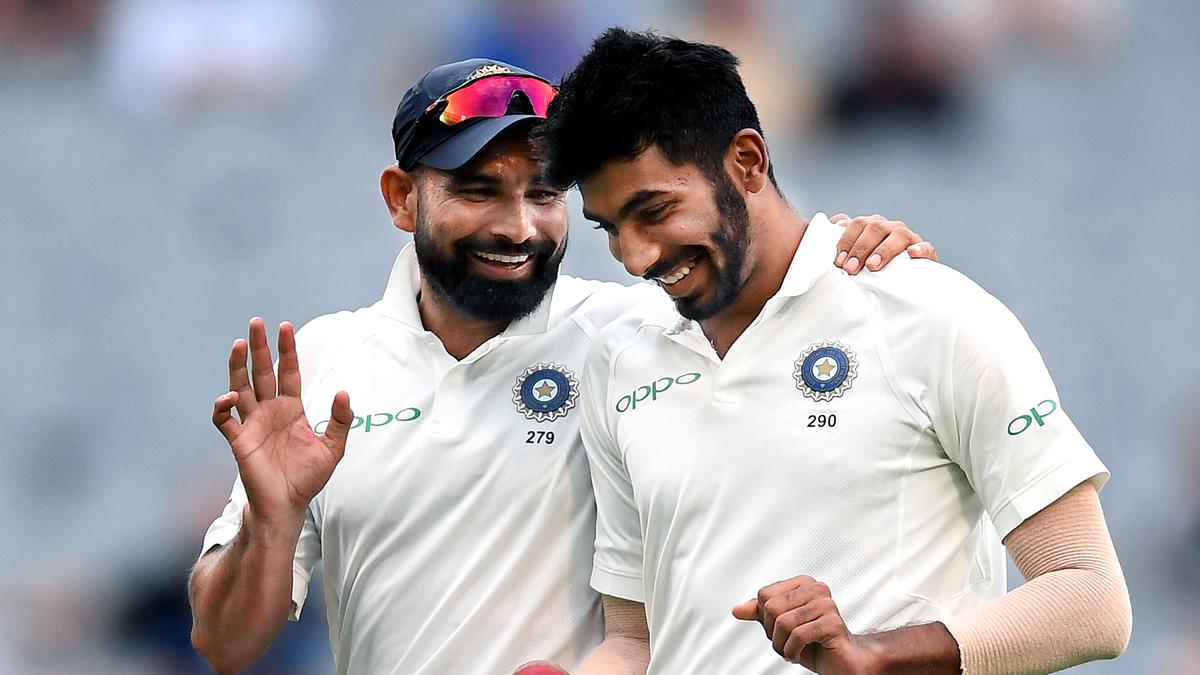
The mention of Test cricket in Australia evokes vivid memories of a unique and immersive experience. From the lush outfields dotted with seagulls and pigeons to the large stadiums with long boundaries, from fielders catching the ball with their fingers pointing to the sky to the inverted score that reads 3/20 rather than 20/3, from the soothing voice of Richie Benaud and the child-like excitement of Tony Greig on the Channel Nine telecast to the sound of the ball thudding into the hard surface and hitting the bat, the experiences were all new and captivating, leaving a deep impression that enriched one's love for the traditional format.
A prominent part of this visceral experience was the pace and bounce on view. It was relayed even before a ball was bowled simply by how far back the wicketkeeper and the slip catchers would position themselves. When the ball was delivered, it often whirred past the batter's head, and tales of yore of how Jeff Thomson's bumper once reached the boundary on one bounce would be passed on from old-timers.
Skill, strength, and stamina were essential for success in Australia. India's own trajectory over the past two decades Down Under illustrates that. From being competitive in 2003-04 and 2007-08 to suffering a rout in 2011-12 to finally celebrating series victories in 2018-19 and 2020-21, the pace attacks that India has had for these tours go a fair way towards making sense of the results.
In 2018-19, the foundation of India's historic triumph lay in its pace attack going as far as outbowling its Australian counterpart, no mean feat considering the individual and collective brilliance of Mitchell Starc, Josh Hazlewood, and Pat Cummins. Jasprit Bumrah, on his maiden Test tour of Australia, finished as the joint-highest wicket-taker of the series with 21 scalps at an unrivalled strike rate of 44.90 while Mohammed Shami and Ishant Sharma played excellent supporting roles with 16 and 11 wickets respectively. In contrast, it was off-spinner Nathan Lyon who led the way for the Aussies with 21 wickets. The honours were shared almost evenly among the pace trio — Cummins took 14 and Starc and Hazlewood 13 each — but they weren't quite at their best to find a way past Cheteshwar Pujara and company. During that tour, Bumrah, Shami, and Ishant were at the peak of their physical capabilities too, which meant India could rely on them to maintain their standards over the course of a four-Test series. Both Bumrah and Shami lasted the entire stretch while Ishant, by now a much-improved bowler, played all but one Test.
Two years later, in the Covid-affected Australian summer of 2020-21, India's series victory had a miraculous touch to it given the number of injuries and absentees, but in all the drama, twists, and turns that each of the four matches offered, the depth of India's pace resources came to the fore. Even in the fourth and final Test, when the make-up of India's attack had no resemblance to the one that started the series, Shardul Thakur managed seven wickets across the two innings to go with Mohammed Siraj, in only his third Test, claiming his first five-wicket haul in the second innings. Ishant was unavailable for the entire series while Shami had gone home after suffering a fracture on his right forearm in the first Test. Bumrah, too, had to miss the storied, series-winning Gabba Test after 11 scalps in the first three matches.
As India embarks on another Test tour of Australia next month, the build-up to the five-Test series — the first of this duration between these teams since 1991-92 — has understandably revolved around the pace department. With an eye on Australia, skipper Rohit Sharma said before the first Test against New Zealand in Bengaluru last week that the team is looking at creating a pool of eight or nine fast-bowling options. "We want to create a bench strength where tomorrow if anything happens to anyone, we are not worried, and we don't want to be too heavily reliant on a few individuals. That's not the right thing to do. We want to look at the future at the same time, try and make sure that we get the right guys in as well," he said at a press conference. "We want to create guys where even if there are injuries, we have got someone to quickly step in and take that role. It's not about three or four options. When it comes to batting, there are a lot of options. We want to create the same with the bowlers as well."
The intention of having a big pool is prudent, but non-negotiable to India's plans will be Bumrah yet again. Gaining legitimacy to be considered India's greatest pacer with every passing performance, he is clearly the most complete fast bowler in the world right now. Whether it's the first over of a Test match or the final over of a T20I, in Mumbai or Manchester, amid glowing sunshine or under overcast skies, Bumrah is the bowler for all seasons and occasions.
Joining the leader of the attack on that flight to Australia will be Siraj and Akash Deep. Siraj doesn't always hit his straps, but he has strengthened his credentials over the past four years to be pardoned a few blips. And though Akash, 27, is a rookie in terms of international cricket, the attributes he has exhibited in his three Test appearances suggest he has the tools to evolve into a key member of the pace unit. With Shami facing a race against time to be fit after a setback in his injury rehab, however, it is the identity of the remaining two, or perhaps even three, pacers in the squad that is shrouded in suspense at the moment.
By the selectors including Prasidh Krishna, Harshit Rana, and Mayank Yadav in the travelling reserves for the ongoing Tests versus New Zealand, it can be surmised that they are the leading contenders to make the cut. Having been picked as the fast men in the India-A squad, Mukesh Kumar, Yash Dayal, Khaleel Ahmed, and Navdeep Saini would assume they will also be part of the conversation. Only Saini, who played two Tests on the last tour, has experience of conditions in Australia among this lot.
While the pacers below Bumrah, Siraj, and Akash in the pecking order may not have been needed in a shorter series, it is pertinent to reiterate that there will be five Tests packed into a little less than six weeks with a two-day warm-up game also sandwiched between the first two Tests. Cracking series awaits. Even if the injuries that some of India's players suffered in 2020-21 are discounted as a one-off, it is seldom possible for three pacers to go through an entire series of this intensity without encountering problems with either form or fitness. If they somehow can, it may go a long way towards helping India pull off a hat-trick of series wins in Australia. Even if not, another cracking series that adds to the bank of indelible memories of Test cricket in Australia is hopefully in the offing.
Tags: #TestCricket, #Cricket, #India, #Australia, #PaceBowling
Read more
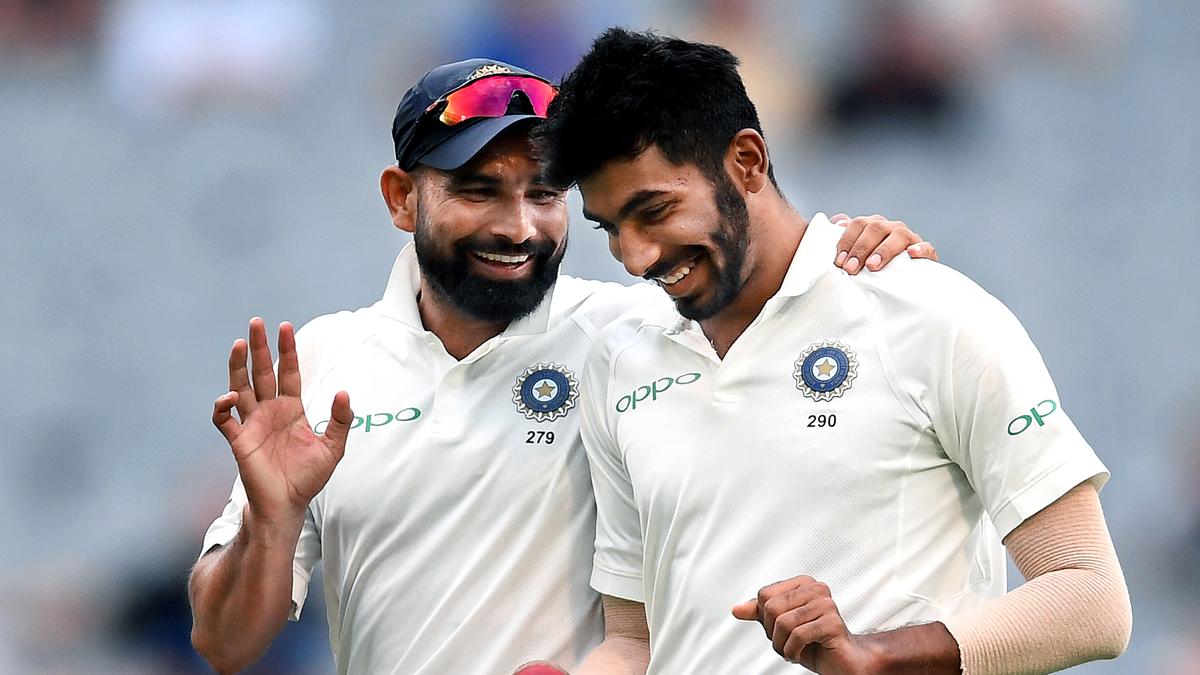


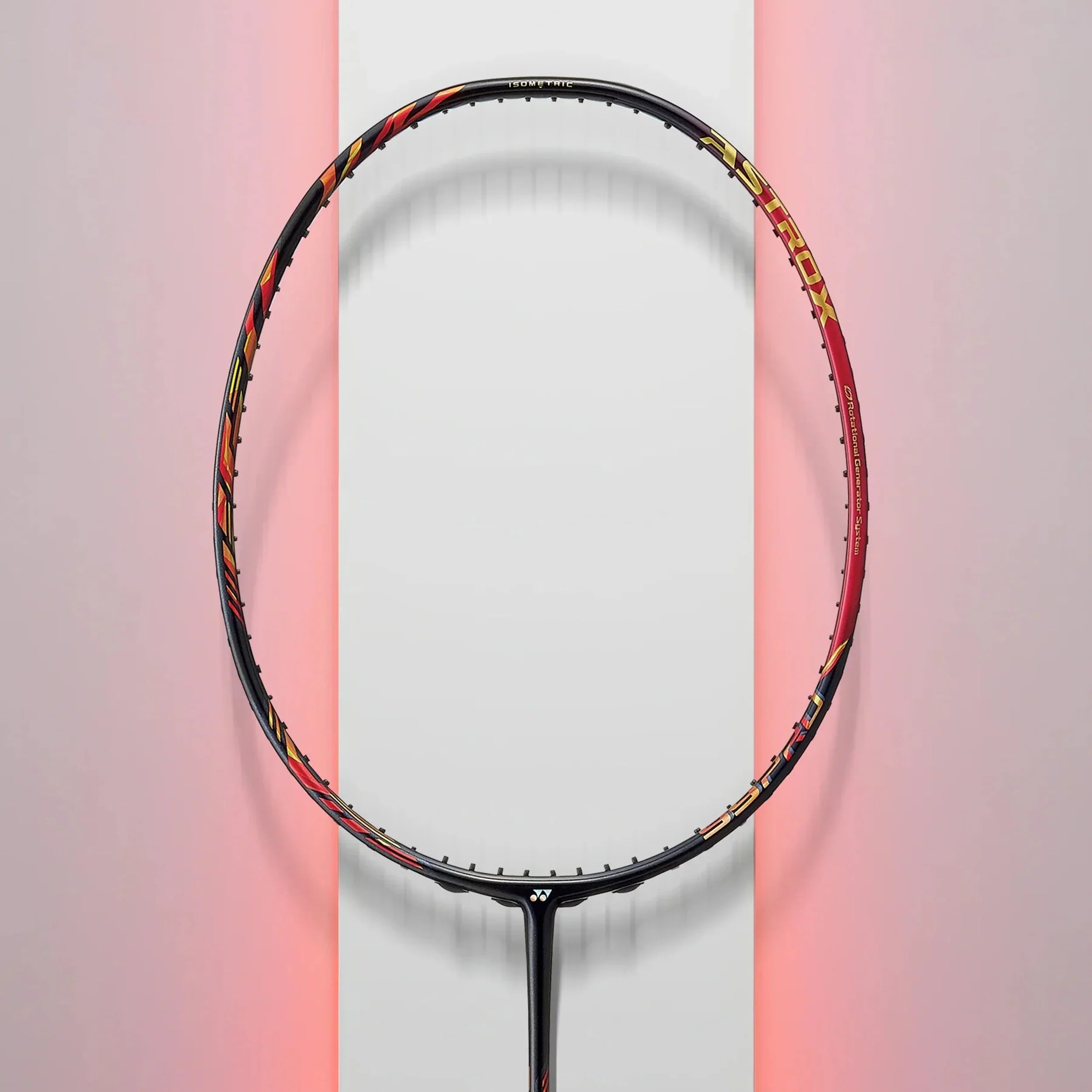
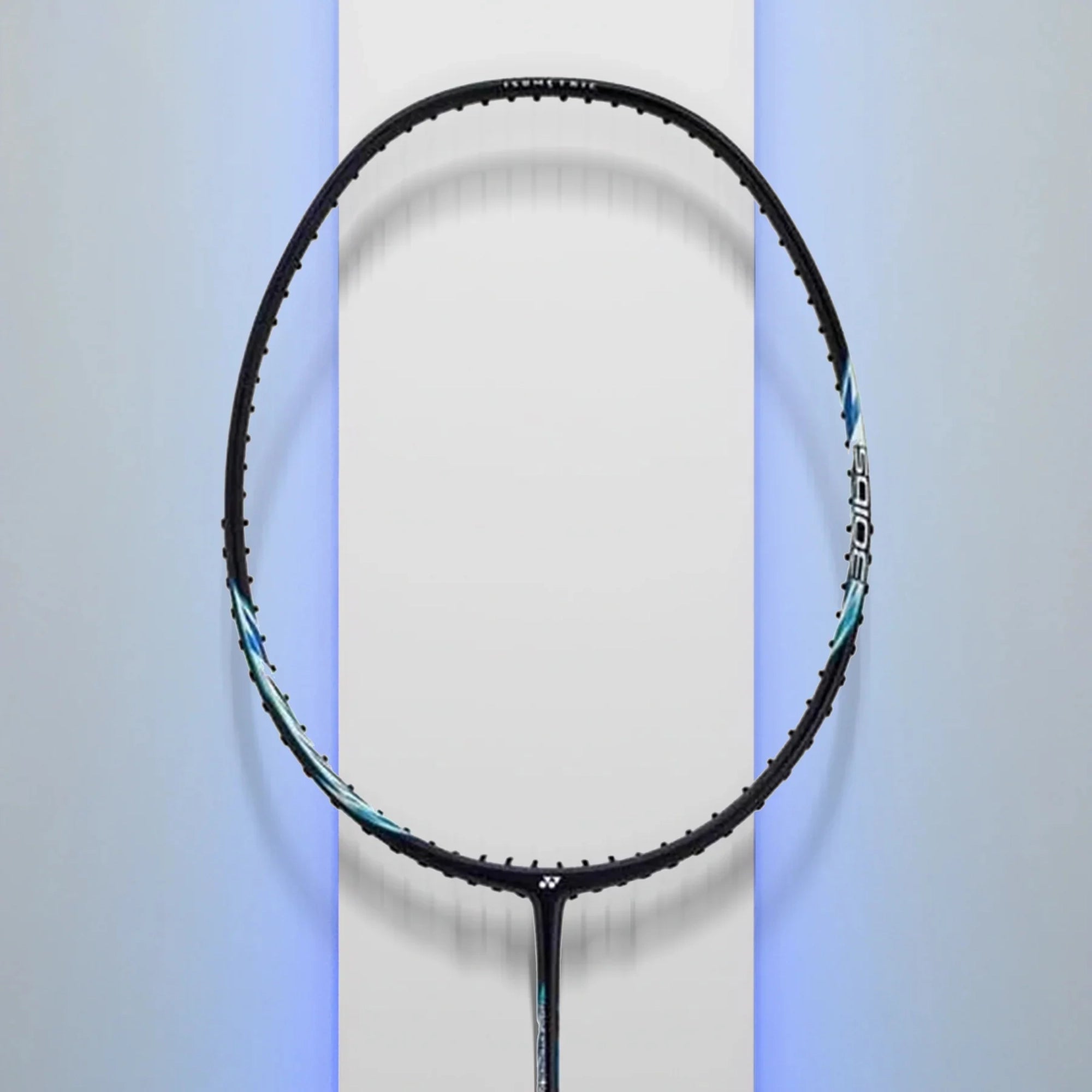















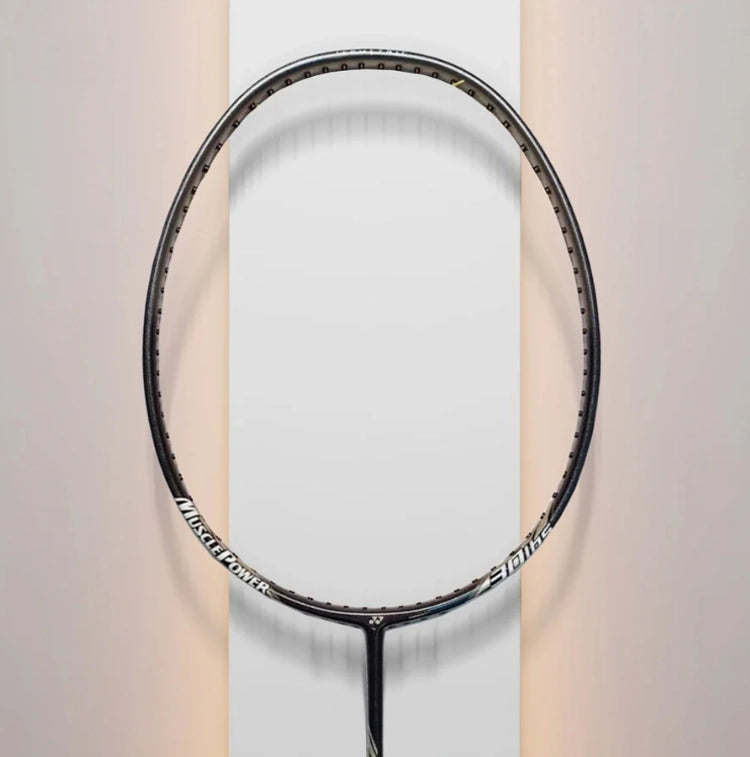





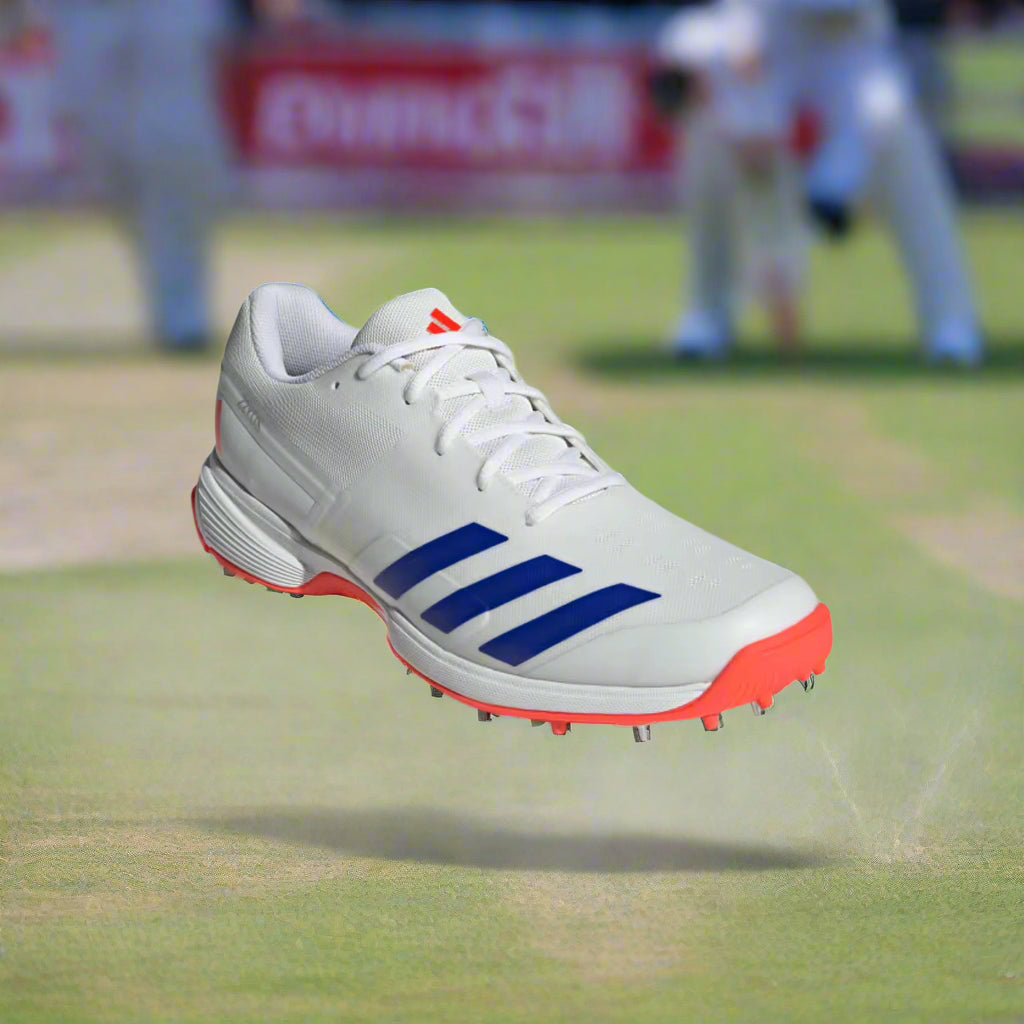


































































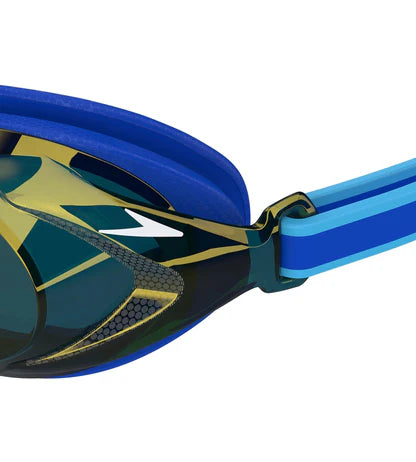
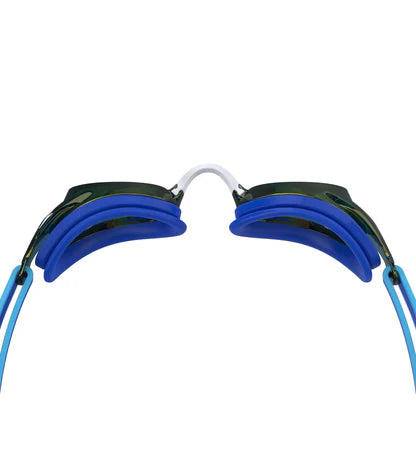










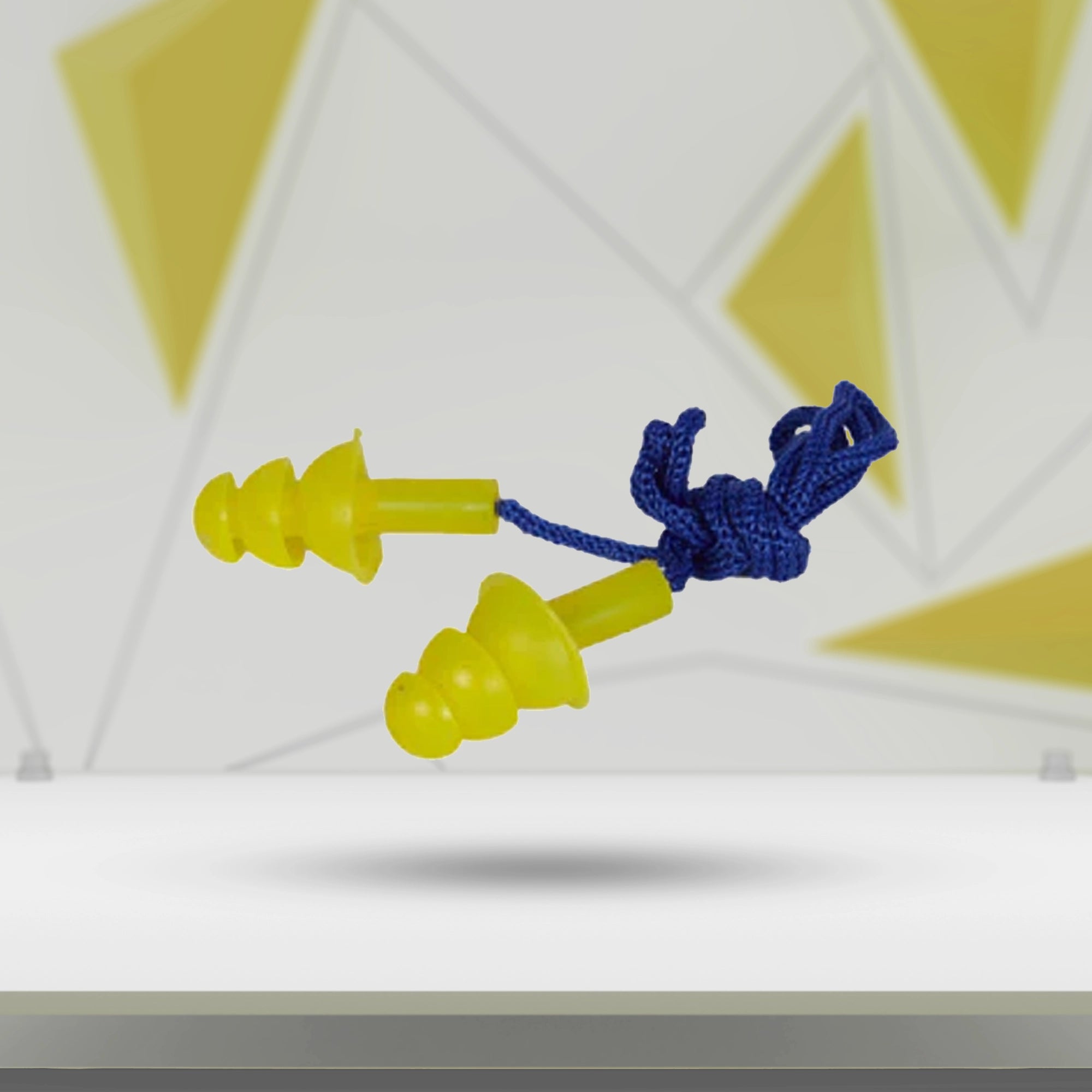


























Share:
Badoni's Batting Masterclass Leads India A to ACC Emerging Asia Cup Semi-Finals
Labuschagne Declares Test Opening Spot Wide Open After Smith's Return